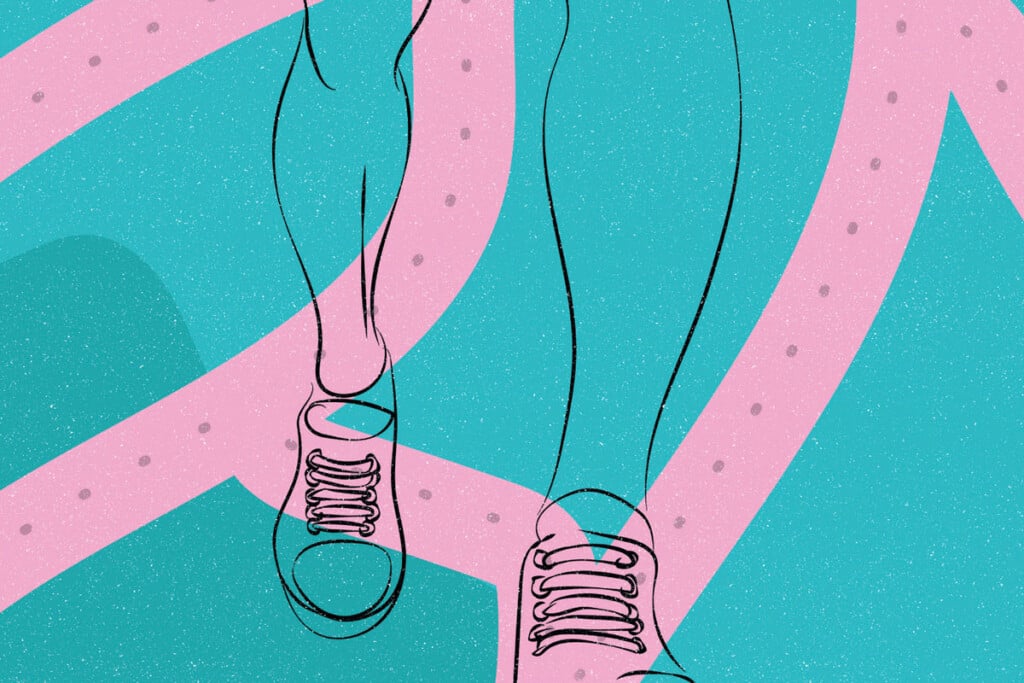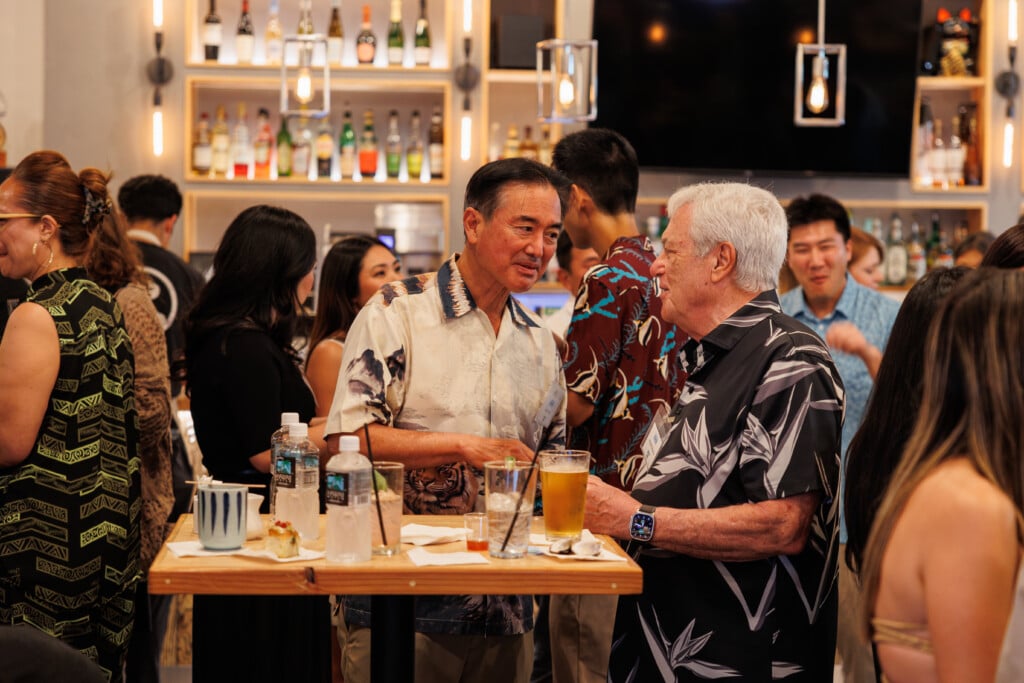Health Is Wealth Profile: A Reset and Resync
Angela Keen overcame a debilitating bout of long COVID through innovative brain treatments.
See more of Health Is Wealth
Former TV news anchor Angela Keen was accustomed to sharing stories about other people. Then COVID-19 hit and Keen, always passionate about medical reporting, started talking on social media about her own early case of the virus. Then came her long COVID saga.

Photo: Monica Lau Photography
After suffering her first bout of the virus in March 2020, shortly before the state’s first COVID lockdown, she became the public face of a group calling for tougher COVID regulations—and calling out those residents and tourists who broke them.
“I had this awakening.”
In the months after, she didn’t know anything about long COVID—it wasn’t even part of the national conversation at the time. Yet, for eight weeks, she had trouble breathing, trying various medications with no relief. Then something else took its place: depression.
“I couldn’t leave my bed. I didn’t bathe for days at a time,” she says, adding that she would hastily apply makeup for TV interviews outside her apartment and then drop into bed when they were done. In an Instagram post, she shared a past video of herself looking depleted; along with it, she messaged her mom, telling her that she was worried she wouldn’t make it through the night.
Eventually, she reached out to her therapist, who said she had major depressive disorder. In the months that followed, Keen was prescribed a long list of medications, but the symptoms persisted. At one point, she told her psychiatrist she thought she might have Alzheimer’s disease because of her brain fog, memory problems and other cognitive issues. Her brain was out of sync. Turns out, Keen was on to something.
SEE ALSO: No Brainer
After research and conversations with doctors, she sought help from Brain Health Hawai‘i and the transcranial magnetic stimulation procedure offered there. On her first visit, she says, she saw a constructed “map” of her brain that displayed how long COVID appeared to have “smashed” her frontal lobe just like a brain injury or disorder. “It looked like I had been in a car accident,” she says.
She then went on social media to detail the treatment, a noninvasive procedure that works by stimulating neurons in the brain to “wake up.” Keen continued the treatments and says that after about two weeks, “It was kind of like being in a block of ice and the water drips had been melting away.” She was seeing the world in a new way, her depressive symptoms had eased and she felt like her old self. “I had this awakening,” she says.
Keen says she underwent 40 treatments, the standard protocol that her health insurance covered. She had to get additional treatments after a second bout with COVID, but says she was able to do so before experiencing major depression. Keen became such a strong proponent of transcranial magnetic stimulation that she went on to work as Brain Health Hawai‘i’s director of communications.
While she acknowledges that everyone’s journey is unique, and that not everyone will benefit from the same treatment, her goal is simple: “I just want to help.”











